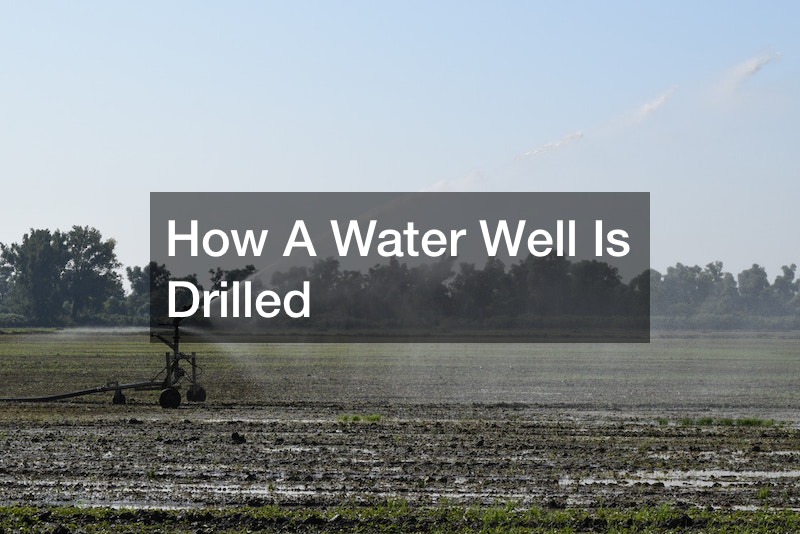
Many rural communities are reliant on wells as their access to clean water. Well water sometimes needs to be treated, but because of the filtering quality of soil, much of it is pumped from the well directly into the plumbing system. It’s sometimes observed to have a brown tinge or mineral-ly taste, but as long as tests are coming up clean, these effects have no bearing on the safety of the water.
The process of water well drilling is actually quite similar now to when wells were first utilized by settlers. The basic concept is to find an area of high elevation that’ll be safe from runoff contamination.
Groundwater lies in the water table, which is a geological layer deep underground where water collects. This usually happens because the layer below the water is “non-permeable”, meaning water can’t filter into it. This water collects and can be tapped with pipes, like the sap in a tree.
Modern methods have safeguards in place to ensure the water can be drawn up without being contaminated, primarily having the drill and the pipe be the same piece of equipment. That way, the pipe is flush with surrounding sediment and locks out possible surface dangers. It’s important to note that surface water should never be consumed untreated unless it’s actively running and clear. Many forest streams are safe to drink from, but you’re never supposed to collect and keep the water, as this can allow contaminants to grow.
.

